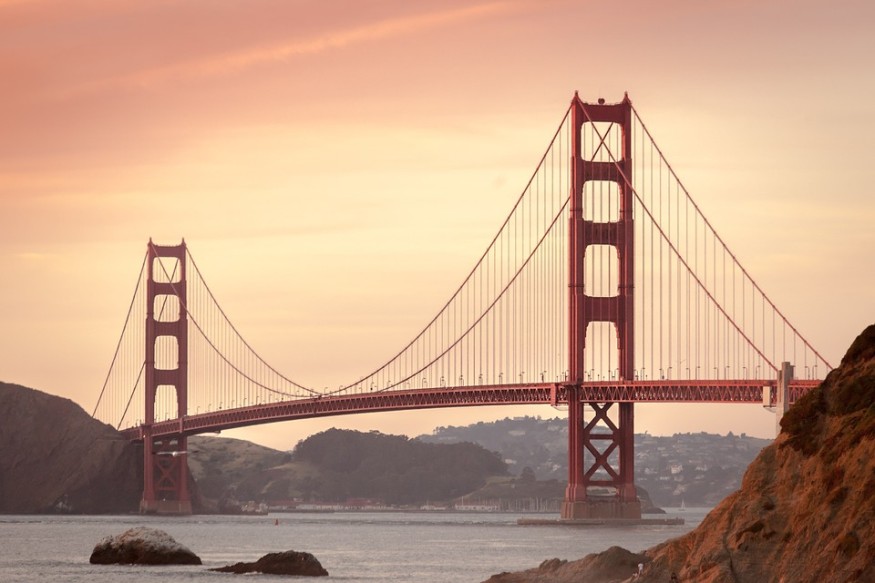According to the USGS, the San Francisco Bay Area was shaken awake early Thursday by a magnitude 4.1 earthquake stated in the Geological Survey.

4.1 San Francisco Earthquake
The quake struck at 5:07 a.m., according to the USGS. The event was concentrated several miles northwest of Bay Point, California, around 21 miles northeast of Berkeley, and 30 miles northeast of downtown San Francisco.
It was discovered at a depth of around 12 kilometers.
The USGS shake map reported tremors throughout the Bay Region and the Sacramento metro area. As of 7:30 a.m., more than 4,000 individuals had felt the tremor.
The reports all suggested that the intensity was mild or faint.
According to the East Bay Times, there were no immediate reports of damage or casualties.
While the lines are being inspected for damage, trains on the Bay Area Rapid Transit system are moving at a reduced pace.
Earthquakes
When two slabs of the ground abruptly move past one another, an earthquake occurs. The fault or fault plane is the surface where they slide. The hypocenter is the point under the earth's surface where the earthquake begins, while the epicenter is the position directly above it on the earth's surface.
Foreshocks can occur during an earthquake. These are lesser earthquakes that occur in the exact location as the following big earthquake. Scientists can't identify if an earthquake is a foreshock until the main event occurs. The mainshock is the greatest and most powerful earthquake. Aftershocks always follow mainshocks. These are lesser earthquakes that strike around the epicenter of the mainshock. Aftershocks can last for weeks, months, or even years after the mainshock, depending on the size!
The inner core, outer core, mantle, and crust are the four primary layers of the planet. A thin skin covers the surface of our planet, consisting of the crust and the top of the mantle.
However, this skin isn't all one piece; it's made up of several sections covering the earth's surface like a jigsaw. Furthermore, these puzzle pieces continue to move about, sliding past and colliding with one another. These jigsaw pieces are tectonic plates, and the plates' borders are known as plate boundaries. The plate boundaries are made up of many faults, and most earthquakes occur on these faults across the planet. Because the plates' edges are rough, they become stuck as the remainder of the plate moves. When the plate has shifted far enough, the margins of one of the faults unstick, and an earthquake occurs.
What to Do During Earthquakes
Take shelter immediately wherever you are when an earthquake strikes. If necessary, take a few steps to a nearby safe location. Stay still until the trembling stops.
Drop under heavy furniture like a table, desk, bed, or another big object.
To avoid being struck by falling items, cover your head and torso.
Hold on to whatever you're under to keep yourself protected.
Related Article : Experts are Studying the "Biggest Earthquake in Human History"
For similar news, don't forget to follow Nature World News!
© 2025 NatureWorldNews.com All rights reserved. Do not reproduce without permission.





